
UN estimates that the earth’s population will reach 11 million by 2070. Many already do not get enough food, and others suffer from malnutrition. How can we provide everyone with adequate nutrition? Things are slowly improving, but we can do more. The Global Footprint Network reports that we are currently using nature 1.75 times faster than our planet’s ecosystems can regenerate.

Defining malnutrition
WHO statistics indicate that 1.9 billion adults are overweight or obese. A lack of energy to maintain the human body is linked to 45 percent of deaths among children under the age of five. Hunger affects one in nine people worldwide. Finding a happy medium between too much and not enough is not in our immediate future.
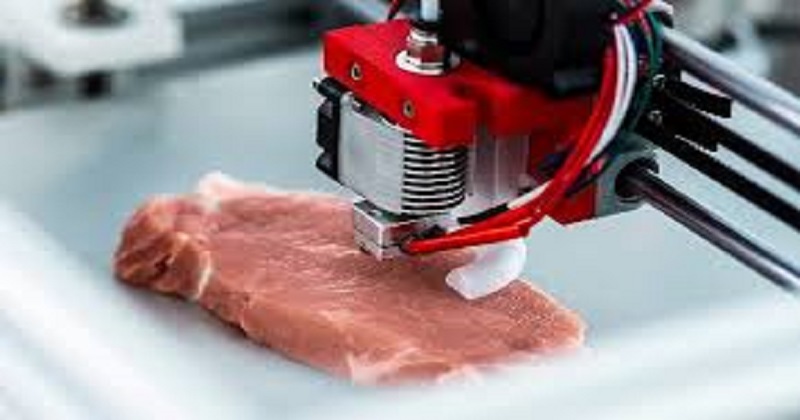
Printer food
In health care, 3D printers have already helped solve some problems (custom prosthetics, artificial skin for reducing severe burns, etc.). There are already a few meals that can be printed with minimal preparation. NASA has been working on ways to take full advantage of this time- and space-saving technology for several years.
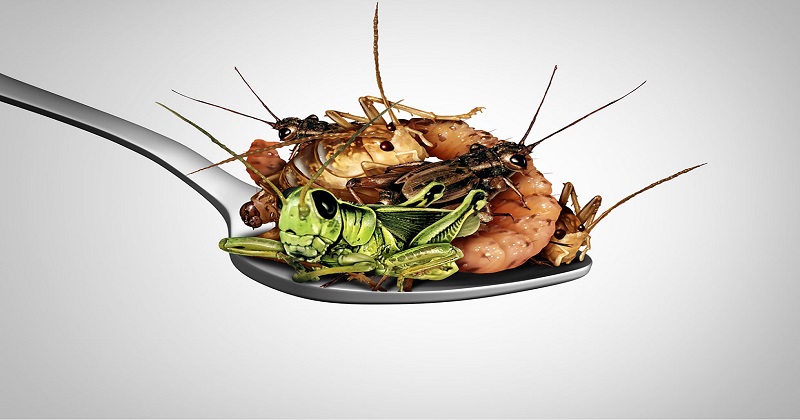
Insects
It has been recognized for decades that insects can be used to fight world hunger. Education and marketing efforts take time, but products are beginning to appear in our local grocery stores. The nutritional benefits of insects have already been established, despite some broken promises. In addition, insect production reduces energy and water consumption.

Farm-raised fish
Fish has been eaten since the dawn of time, but overfishing threatens several fish species. A study estimates that if commercial fishing practices are improved and fishing limits are set, it will be possible to catch more fish by 2050. Currently, fish farming is the fastest-growing food production technology.
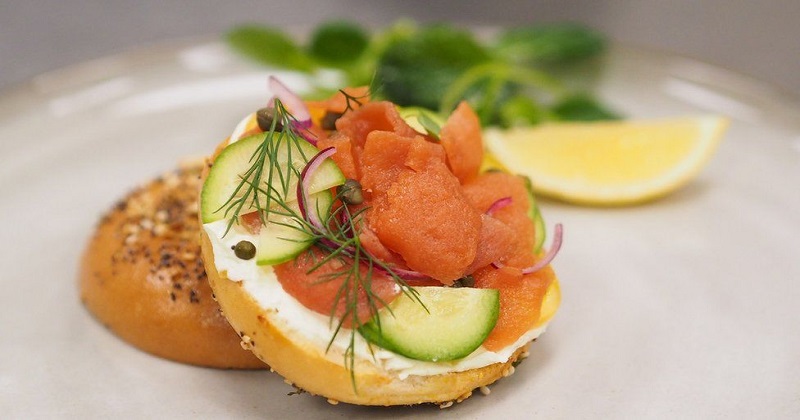
Synthetic fish
Perhaps it’s time to beef up our fish. Using bovine serum and muscle tissue, NASA experts have previously recreated fish filets. The red algae in red shrimp is now being recreated by companies such as New Wave Foods .

Plants
Burgers made from plants have gained popularity, and many people praise their health benefits. Still, they’re processed foods. Plant-based protein foods are popular not because people want to adopt a vegetarian diet, but because they want to reduce their meat consumption. More than three quarters of meat reducers are motivated by health concerns.
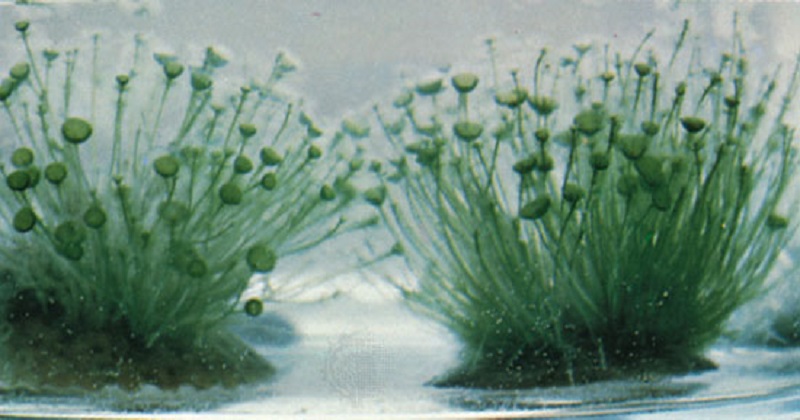
Algae
There is a food that contains more calcium, potassium, and iron than milk, as well as a salty taste and (sometimes) a crunchy texture. It’s algae. Malnutrition and overpopulation could be solved with algae. We need to integrate the ingredient into our everyday lives. It may be inevitable that we will get used to eating this protein-rich, easy-to-grow food.

Meals in a pill?
You’re not one for leisurely meals or lingering over sauces and wines? Check out nanofoods, meals in capsules. We’re already familiar with the concept of powdered meals from science fiction. Currently, no one is ready to invite their friends to a meal of pills and capsules, but maybe one day.

Milk without cows
Milk means cows, right? Maybe not. Producers like Perfect Day in California have been making milk without cows for several years now. This protein-rich liquid is used to make protein bars, cookies, mayonnaise, baby food, and other products with no contact with animals.

Vertical farming
Using controlled environments near large urban centers, it grows fresh produce at high altitudes. Fresh food is grown a few kilometres from the grocery store where it will be sold, thanks to vertical farming. Transportation time, energy consumption, and water and fertilizer consumption are all reduced significantly. 365 days a year, better, fresher, more local produce is available. It is an industry that is sure to thrive.

Edible water bottles
Bottled water harms the environment to a great extent. Each of the 100 million bottles thrown out daily will take at least 700 years to decompose! Rather than using plastic, a London-based company is developing bottles made of algae that are completely edible. Algae bottles require fewer resources, are less expensive, and do not pollute.

Your DNA
Forget generic diets. Nutritionists are now using DNA analysis to design eating plans tailored to their clients’ individual genetic profiles.

Food secrets
Are you aware of what you eat? Nutritional labels that are somewhat unreliable may soon be a thing of the past. We’ll instead use scanners to find out exactly what’s in our food. We already have a scanner that can detect harmful allergens in muffins, for instance, and this technology is here to stay.
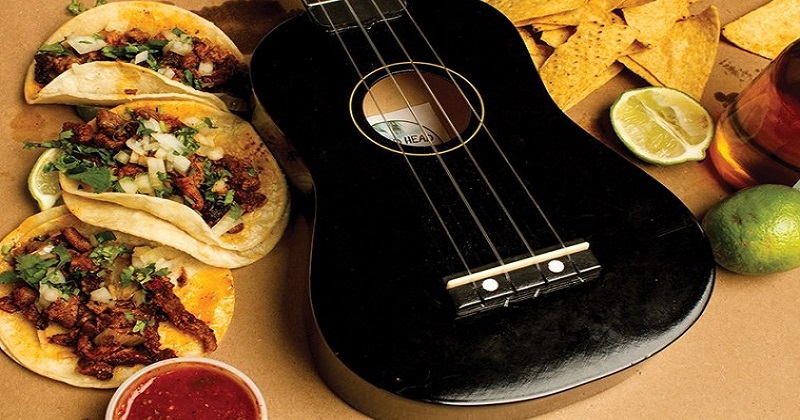
Meals with music
Study by Oxford University in England suggests that the type of music we listen to while eating affects our taste buds. Heston Blumenthal, owner of the English restaurant The Fat Duck, put this theory to the test by serving seafood while playing the sound of waves in the background. Customers reported that their meals tasted fresher. Why not pair music with meals? No more quiet dinners.

Post Your Comments